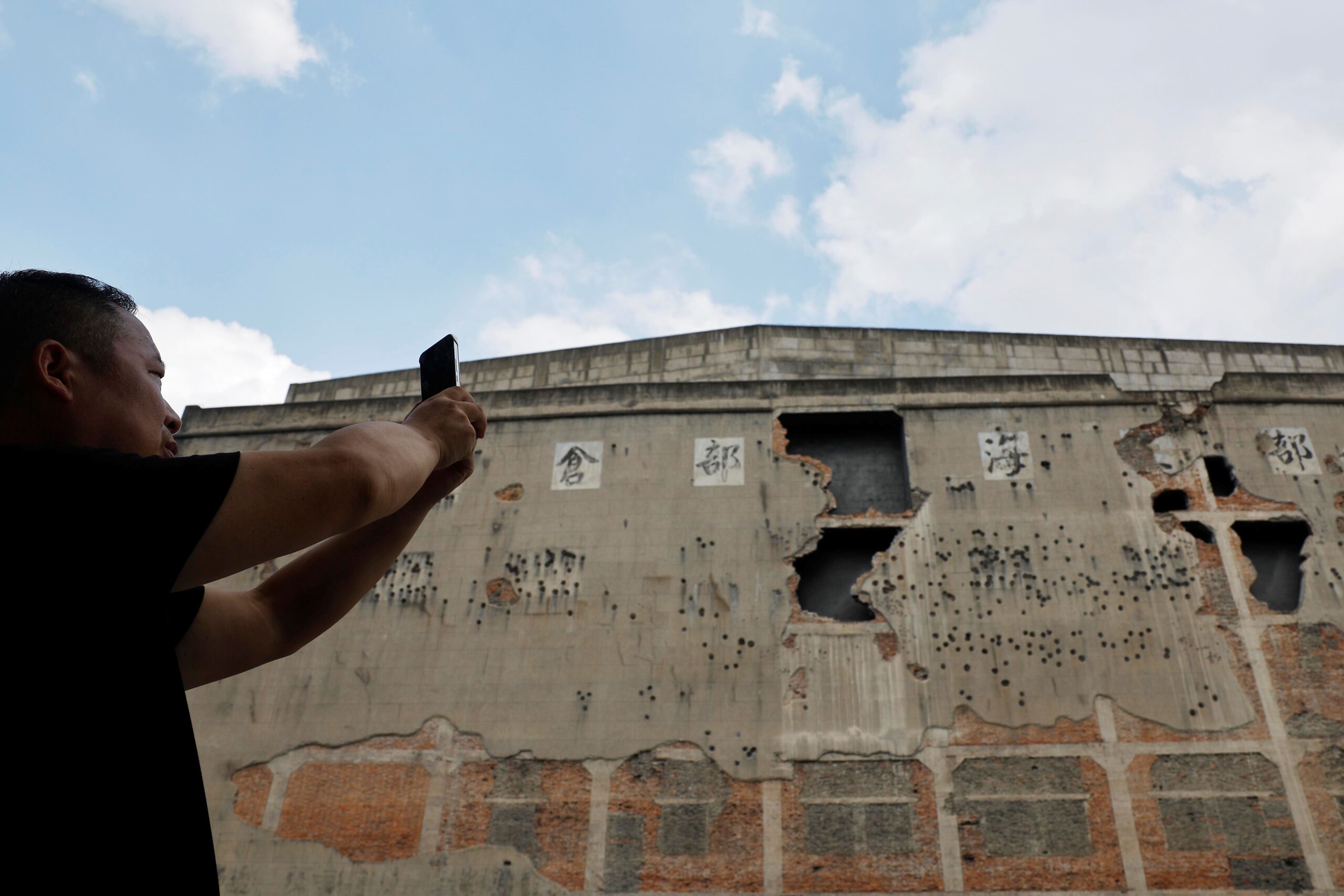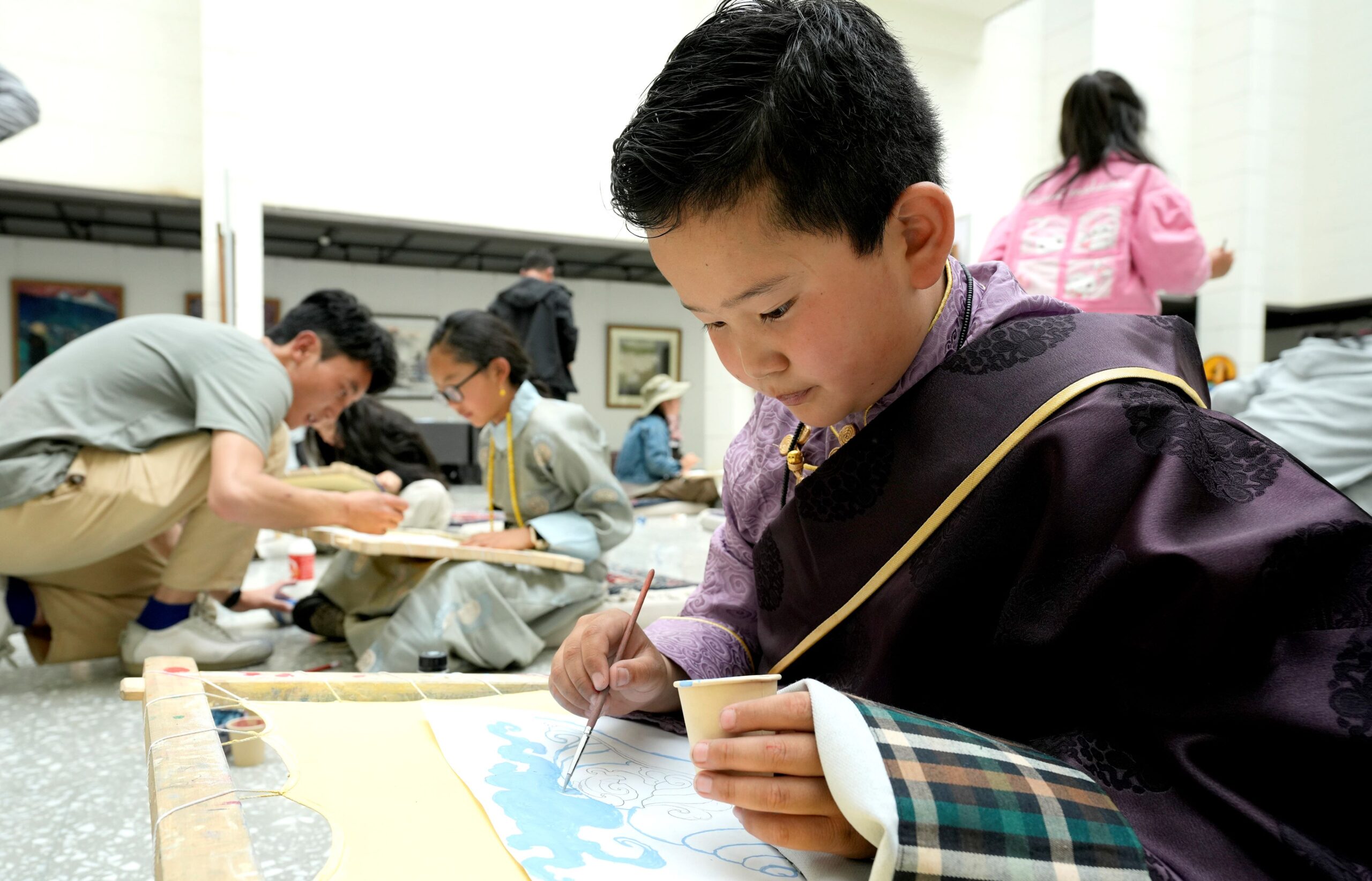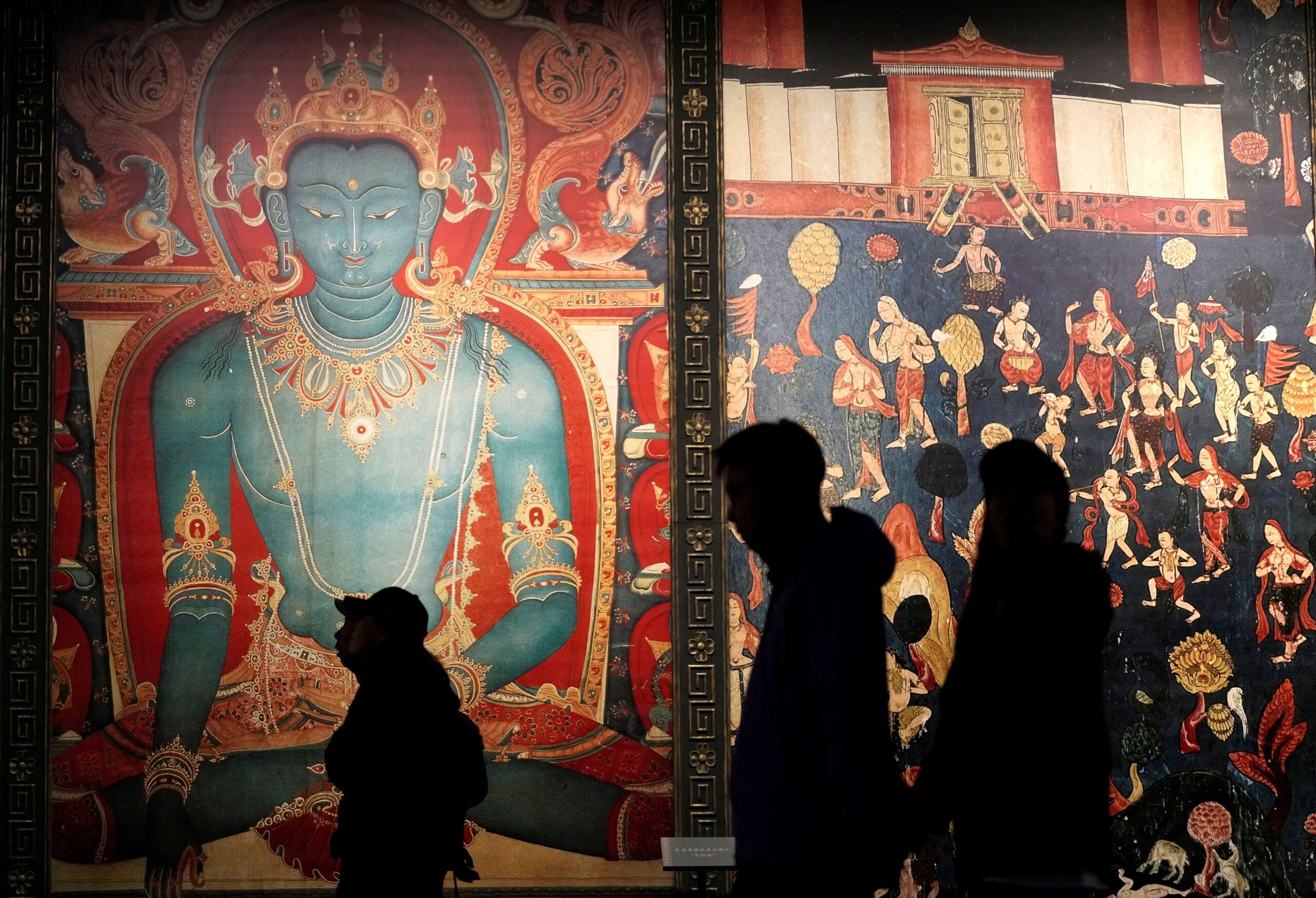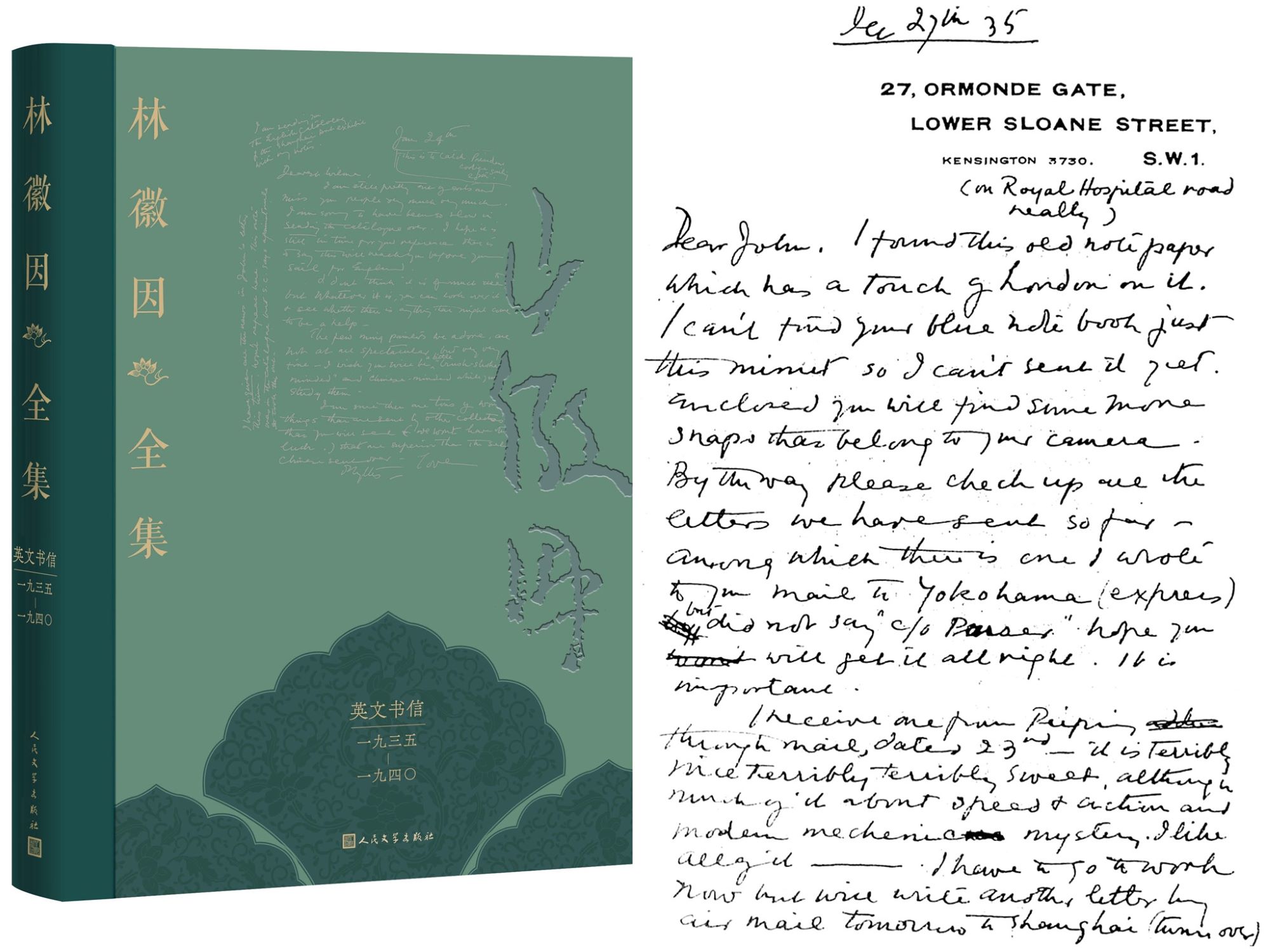Explore Sihang Warehouse in Shanghai, home of the Eight Hundred Heroes. See the bullet-scarred walls and the iconic symbol of Chinese resistance.
At No.1 Guangfu Road in Shanghai’s Jing’an District, the Sihang Warehouse War Memorial is filled with visitors. Many parents bring their children to learn about the bravery of the “Eight Hundred Heroes.” Outside, on Jinyuan Square, the west wall of the old warehouse still carries deep scars of gunfire and shelling — visible reminders of a fierce battle more than 80 years ago.
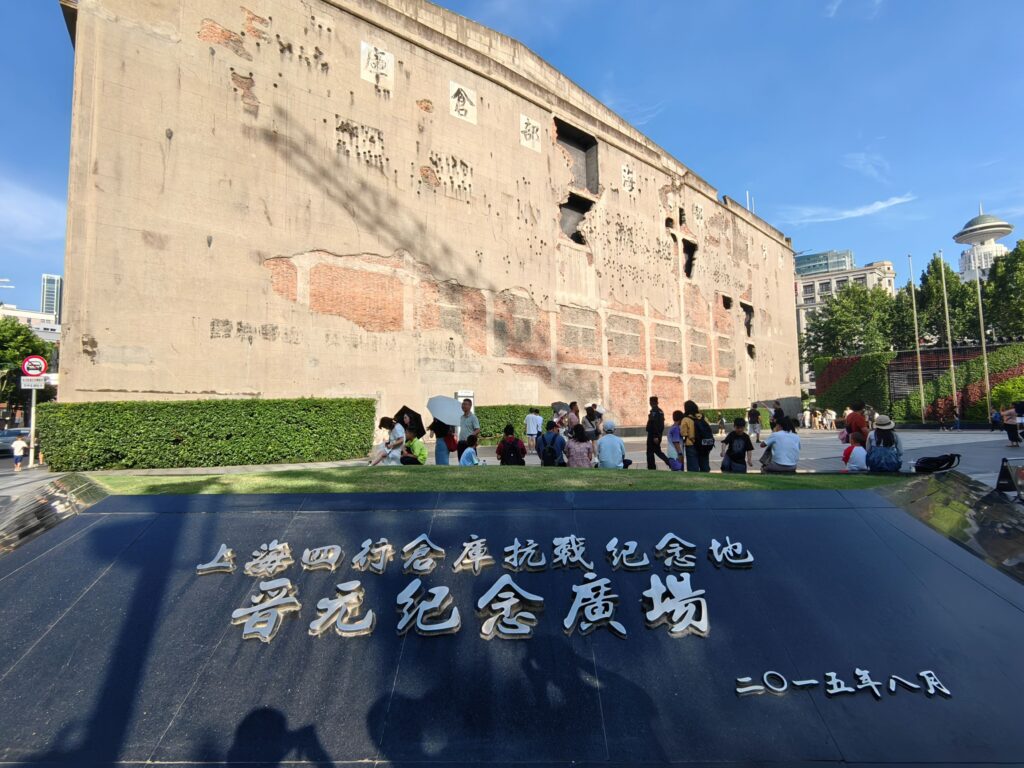
A Battle That Shocked the World
The story began on August 13, 1937, when the Battle of Shanghai broke out. It was one of the largest battles in the early stage of China’s full-scale war of resistance against Japan. On the night of October 26, Lieutenant Colonel Xie Jinyuan led over 420 soldiers into Sihang Warehouse to cover the retreat of the main Chinese forces. To mislead the enemy, they spread word that 800 men were inside. From then on, the defenders were known as the “Eight Hundred Heroes.”
The warehouse stood beside Suzhou Creek, directly facing the foreign concessions. Foreign reporters and residents could watch the battle from across the river. Their eyewitness accounts, carried by international news agencies and newspapers, quickly spread around the world. The defence of Sihang Warehouse became a global headline and one of the earliest images of Chinese resistance seen abroad.
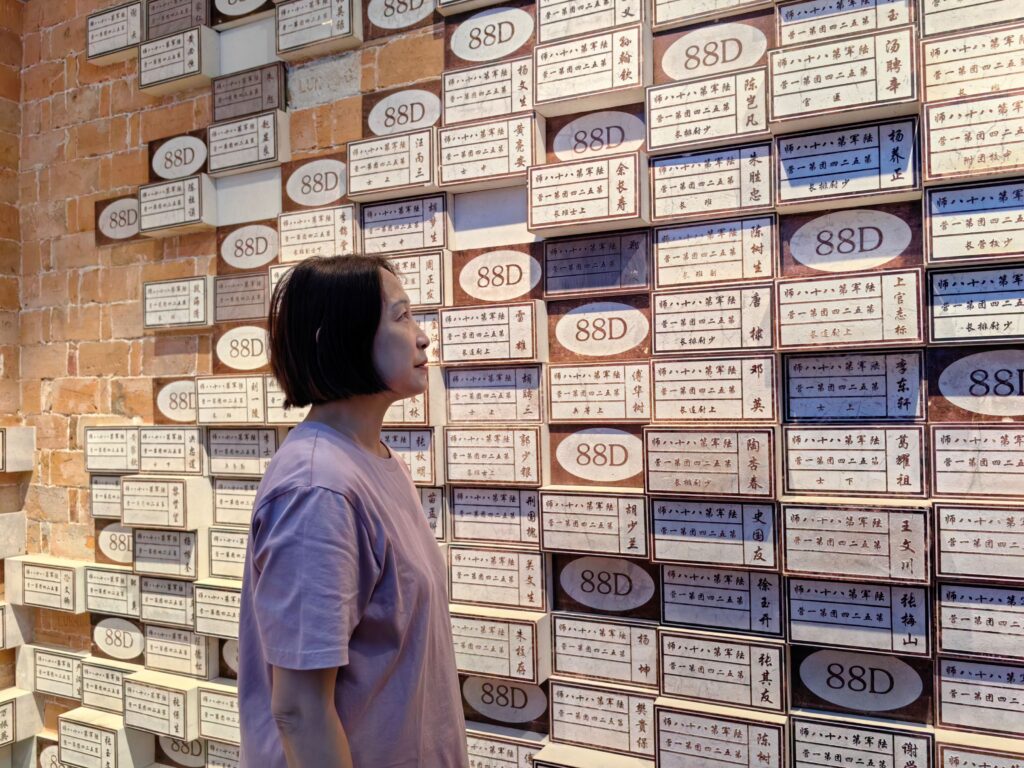
Living Memory in Today’s City
Today, the memorial stands on the west side of the old warehouse. On the Wall of Heroes, the names of the defenders are engraved in stone. In the entrance hall, one letter draws particular attention: the final message Xie Jinyuan wrote to his wife, entrusting her with the care of his elderly parents and young children. Many soldiers also wrote similar farewell letters during the short breaks in battle. For most, these were their first and last letters home.
Since its opening in 2015, the memorial has seen a steady rise in visitors. This year marks the 80th anniversary of the victory of the Chinese People’s War of Resistance Against Japanese Aggression and World War II. From January to July alone, more than one million people visited, a 13.9 per cent increase compared to last year. Families with children make up a large share of visitors, hoping to pass on the meaning of courage and sacrifice.
The memorial has also extended its influence beyond the museum walls. In partnership with the cultural group “SimpliCity,” it has launched a themed city walk. Following the route, participants explore questions such as “Why was the warehouse built here?” and “Why did the defenders choose it as a fortress?” The walk connects urban space with historical memory.
Decades have passed, but the bullet holes remain. The walls of Sihang Warehouse continue to tell the story of defiance — of men who chose to hold their ground for the future of their country.

Written by Chen Wang, additional reporting by CNS.
If you like this article, why not read: Joseph Needham and the Spirit of Science in Wartime China

